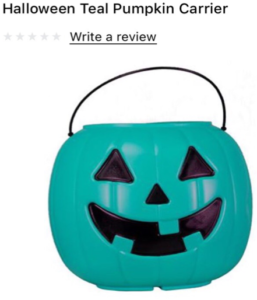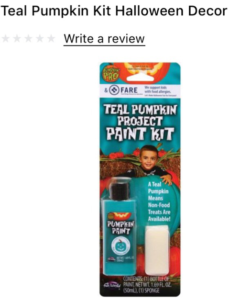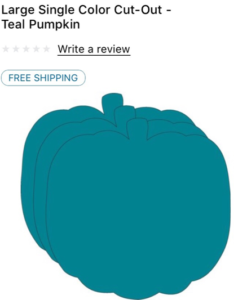For many years, Halloween has been known as a time when children go trick-or-treating and are usually given candy (except for the houses that give out apples or toothbrushes). For many children, however, trick-or-treating is often a source of disappointment when they get candy that they can’t eat due to food allergies, and many children often stop going trick-or-treating altogether because of the recurring disappointment that they receive every year. A food allergy is when the body’s immune system mistakes the protein in food for a threat, and symptoms can be mild or life-threatening even from trace amounts; a food allergy is different from a food intolerance, which generally just results in an upset stomach. According to Food Allergies Research and Education (FARE), the most common food allergens are milk, eggs, peanuts, tree nuts, soy, wheat, fish, shellfish and sesame, with the first few options severely limiting what candy kids with these allergens can eat, especially at Halloween.

Plastic Teal Pumpkin available to order from Walmart.com
As many as 15 million Americans have incurable food allergies, including roughly six million children (one in every 13), according to foodallergy.org. While searching for a way to still have trick-or-treating be enjoyable for these children, people realized that they would have to offer something that wouldn’t conflict with the most common allergens or dietary restrictions. Additionally, once they came up with a solution, they thought of some way to signal that their house had treats for children whom usual candy wasn’t an option. A common item that participating houses give out is small toys, such as cars, to avoid the food allergens altogether. Participants wanted to still keep with classic Halloween decorations, but they knew that a traditional pumpkin wouldn’t do the job of distinguishing their houses from houses that weren’t participating. Thus, the Teal Pumpkin Project was created to raise awareness of food allergies and promote inclusion and respect for all kids trick-or-treating.

Paint kit to paint your own teal pumpkin, sponsored by FARE and the Teal Pumpkin Project, available to order from Walmart.com
The Teal Pumpkin Project signals to children (and their parents) who cannot have candy or any of the various ingredients in candy, that their house still has a treat for them so that they can enjoy trick-or-treating just as much as the other children. Teal is the color of food allergy awareness; houses that participate in the Teal Pumpkin Project sit teal pumpkins by their doors as a way of letting people know that they have something for children that can’t have candy and add their house to the Teal Pumpkin Project Map so people can see that their house is participating. Many people buy teal plastic pumpkins from stores, such as Walmart, and many people get their children involved and paint real pumpkins teal. FARE’s goal in 2017 was to have at least one home on every block in the U.S. with a teal pumpkin.

Teal pumpkin cutouts available to order from Walmart.com
Most small toys are perfectly fine to hand out instead of candy, though some, such as moldable clay, contain wheat and should be avoided. Additionally, toys containing latex should also be avoided for children with latex allergies. Many children love having the option of candy or a small toy, and small items such as pencils, glow bracelets, etc., continue the Halloween joy even after the trick-or-treating fun has ended.
For more information on the Teal Pumpkin Project, visit https://www.foodallergy.org/.





